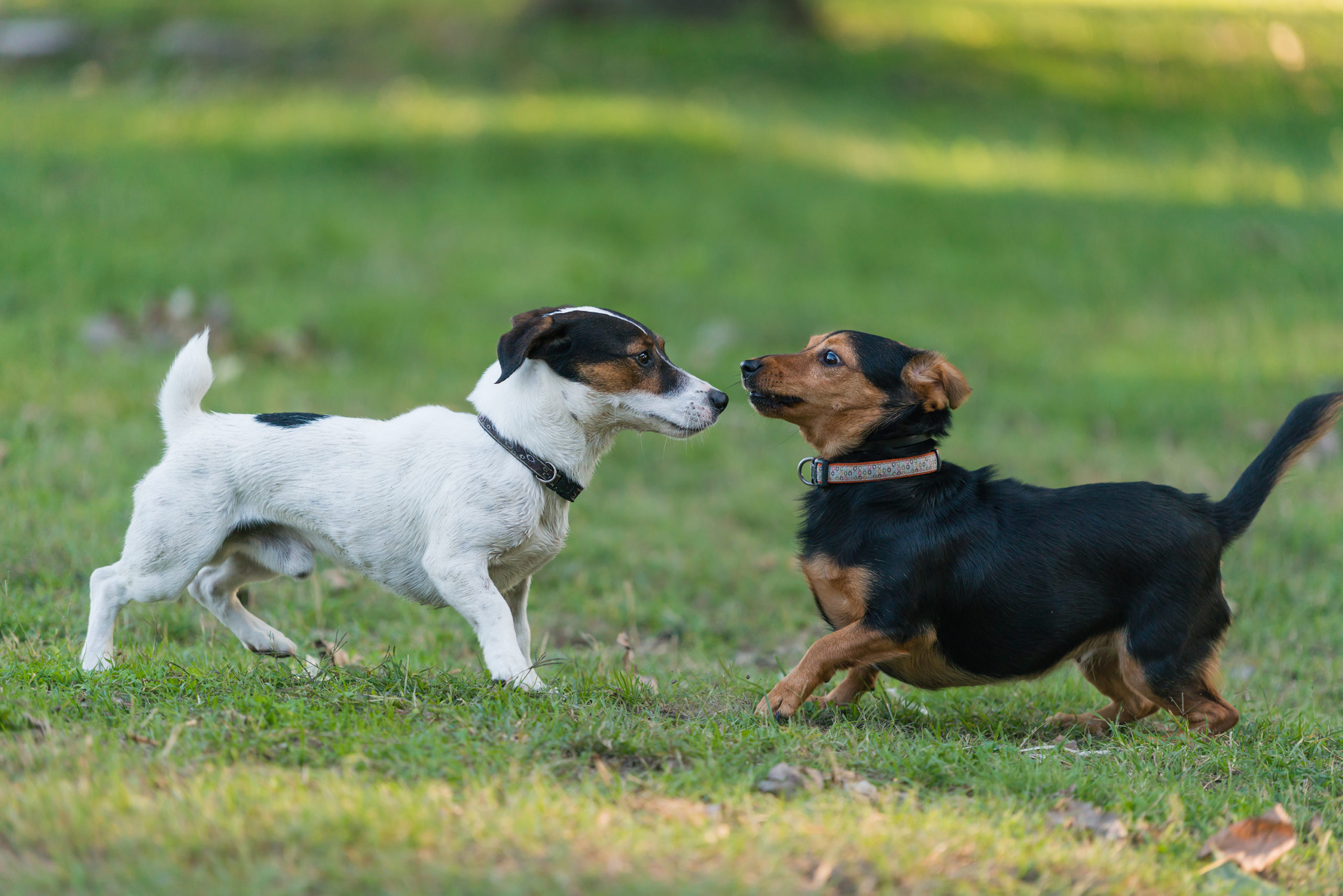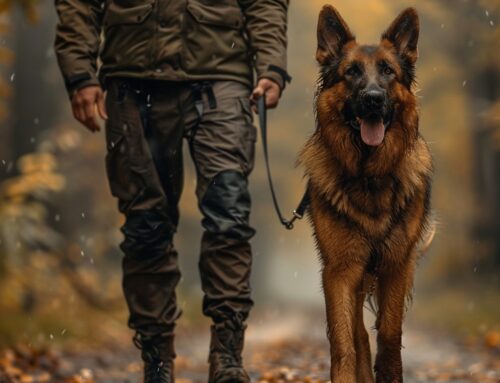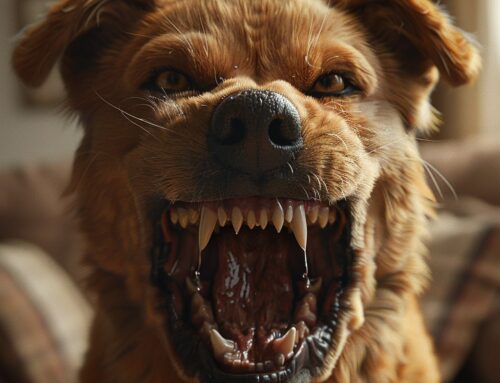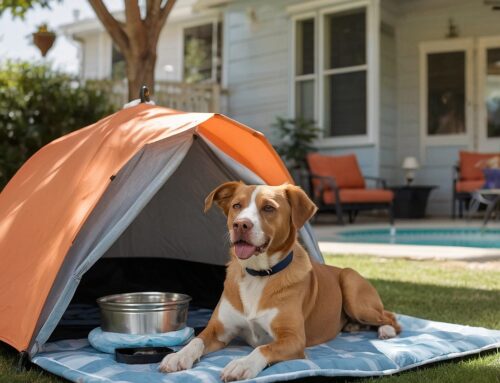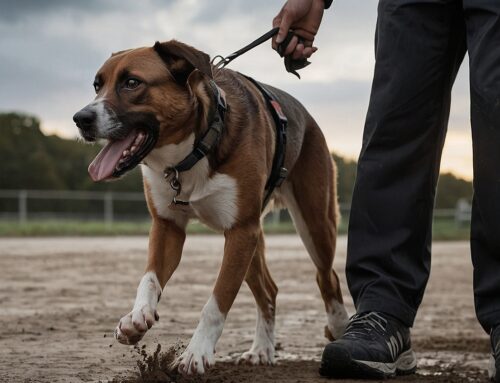In nearly every case, a brand-new puppy brings limitless joy, wonder, and excitement.
But if you’ve just gotten a puppy, the first step in your life as a new dog owner is to welcome your young four-legged companion into your household.
Below, we’ll examine some of the best advice for acclimating your pet to their new surroundings. Along the way, we’ll share some suggestions for how to socialize your new puppy with children and other canines.
What Should You Do the Day Before Your Puppy’s Arrival?
Before bringing a new puppy into your residence, you should puppy-proof your home, which will probably require purchasing some necessary supplies. Check to see if you have everything on this new puppy checklist:
- A comfortable bed for your pup
- Dog food (ideally the same type that your pup’s breeder used, for now)
- Treats
- Toys
- Food dishes
- Water dishes
- A crate
- A collar
- A leash
- Old newspapers
- Enzymatic cleanser (to combat odors)
Besides these supplies, why not request a blanket from your breeder? This will smell like your pup’s previous home to your dog and let them feel at ease.
First Steps for Bringing Your New Puppy Home
To give your dog a full day in their new home, try to pick them up in the morning.
Let them go through each room one by one. Keep their attention primarily on the room that contains their bed, food bowls, water, and crate.
During these early stages, try not to stress too much over your puppy; instead, give them plenty of space and exploration time. If they approach you, pet them; otherwise, try to maintain silence and calm as your puppy adjusts to their new surroundings.
After they’ve had a look around and appear more at ease, it’s time to start your puppy’s daily routine. Feed them, interact with them, and start their reward-based training once you’ve taken them outside to use the bathroom.
Introducing Your New Puppy to the Kids
Getting a new dog will undoubtedly delight your kids, but it’s crucial that children keep their cool around your new pup.
Talk to your kids about how to handle their new pet properly before their first encounter. It’s always best to let the puppy come to them rather than the other way around. While the puppy investigates, try persuading the kids to patiently take a seat on the floor; your pup will come over to the children eventually.
Here are a few additional guidelines that you should impart to your kids:
- Do not grab the dog.
- Do not pick the dog up (except under supervision).
- Make sure to let the dog sleep if it goes to bed.
- Remind them that all puppies have a lot of energy, but gradually, they’ll get worn out.
Keep in mind that newborn pups may nip or scratch if they’re startled, so your children’s gentle demeanor will help their pet as well.
Introducing Your Current Dog to a New Puppy
Introductions will be a little bit different if your puppy isn’t the only pet in the house.
Step 1:
If your puppy is mature enough to go for a stroll, try introducing the two dogs outdoors in a neutral place, preferably within a gated area that’s outside of the domain of the dog that’s already in residence.
Two competent dog handlers, who should be grownups strong enough to hold back each dog and are familiar with the fundamentals of canine body language, should begin the encounter by leading both dogs on leashes. They’ll be all set if they know about what a dog’s body language is trying to communicate. Use a basement or a large garage with a freestanding partition like a safety gate if a secure outside area isn’t accessible.
Step 2:
Start the encounter by allowing the dogs to see and smell each other from opposite sides of the fence or gate. Observe each dog closely. Are they displaying symptoms of fear, such as freezing in place or having their hair standing on end? Or do they have open lips and low, swinging tails and seem calm and curious? Bring both dogs within the enclosed area after each handler is certain that their body language is displaying happiness and curiosity — but don’t allow them out of your control just yet.
Step 3:
Initially, walk parallel across the area with the dogs approximately nine to 15 feet apart. Again, observe their body language. Reduce the distance between both dogs until they’re strolling side by side if they’re displaying relaxed social behaviors. Throughout this routine, both dogs should maintain relaxed, waggy postures. If everything is well, you may even see a few play bows — that is, the “bum in the air, elbows on the ground” attitude that signals a desire to play.
Step 4:
Things could be going too rapidly if one dog is staring intently, moving slowly, or stopping in place. Consider putting more space between both dogs and slowing the welcoming process if you’re worried about the body language you’re seeing during the first phases. Keep in mind: Moving too slowly is preferable to moving too quickly.
Step 5:
If both dogs seem to be ready to meet after parallel walking, and you’re certain that they’re getting along outdoors, drop the leashes and let the dogs engage.
Step 6:
Hide any of the puppy’s food, toys, and treats — anything the resident dog could find offensive — before the older dog gets home. Stop in the lobby or the garden when you bring the older dog inside; despite being in different locations, they will detect the aroma of your new puppy.
Bring the puppy in afterward, keeping them on a leash for the time being.
Step 7:
Be careful to verbally praise the two animals’ good behavior while they interact (forgetting about treats for the moment). Keep an eye on them, and if you see any stress or unfavorable body language, divert your grown dog’s attention with a familiar training command.
It’s advisable to repeat this technique step by step and pet by pet if you have more than one pet. If this sounds overwhelming, don’t be alarmed; your veterinarian will gladly provide further advice about what to do if you’re having problems.
Feeding Time
Feed your puppy apart from your other pets until they get used to one another when it comes to feeding. Dogs and puppies should become best friends in no time as long as they aren’t fighting over food.
Several Last Words of Wisdom
Dogs learn through association and are creatures of habit. Give them a calming, peaceful atmosphere and a regular schedule to help them feel at home in their new residence.
Train your dog to encourage socialization. Always employ reward-based and positive reinforcement techniques, and try to always be patient with them. Puppies generally like training, so when yours gets older, why not think about enrolling them in a class or attending a socialization event for puppies?
Until you’re certain that your puppy and older dog are comfortable with one another, never leave them alone together.
Speak with your local veterinarian for extra tips on how to welcome a new puppy into your household. If you don’t know any vets in your area yet, use this Find a Vet link to find one.



